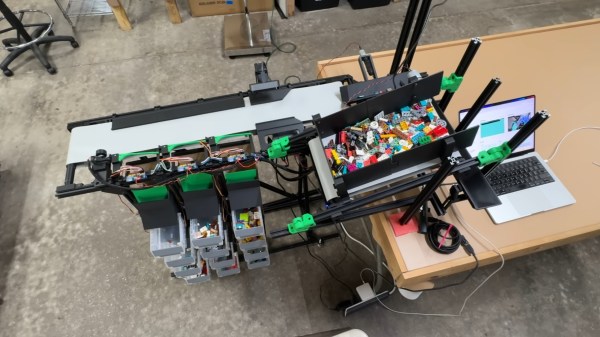Just because you are paranoid doesn’t mean people aren’t out to get you. Do you think your soldering iron is after you? Well, [nanofix] asks (and answers): Is My Soldering Iron Dangerous?
He has a look at his cheap FNIRSI soldering station and measures a “phantom voltage” of nearly 50 volts AC across the tip of his iron and earth ground. He explains that this phantom voltage is a very weak power source able to provide only negligible measures of current; indeed, he measures the short circuit current as 0.041 milliamps, or 41 microamps, which is negligible and certainly not damaging to people or components.
He pops open his soldering iron power supply (being careful to discharge the high voltage capacitor) and has a look at the switched mode power supply, with a close look at the optocoupler and Y-class capacitor, which bridge the high voltage and low voltage sides of the circuit board. The Y-class capacitor is a special type of safety capacitor designed to fail open rather than fail short. The Y-class capacitor is there to remove high-frequency noise. Indeed, it is this capacitor that is the cause of the phantom voltage on the iron tip.
Continue reading “Investigating Soldering Iron Phantom Voltage” →

![[Usagi Electric] and his home brew computer](https://hackaday.com/wp-content/uploads/2025/11/TMS9900-home-brew-banner.jpg?w=600&h=450)



![[Gerry] holding up a DIP IC](https://hackaday.com/wp-content/uploads/2025/11/Behind-The-Code-with-Gerry-Altera-CPLD-banner.jpg?w=600&h=450)

![A photo of [nanofix]'s bench including his FNIRSI soldering station.](https://hackaday.com/wp-content/uploads/2025/11/nanofix-phantom-voltage-banner.jpg?w=600&h=450)









